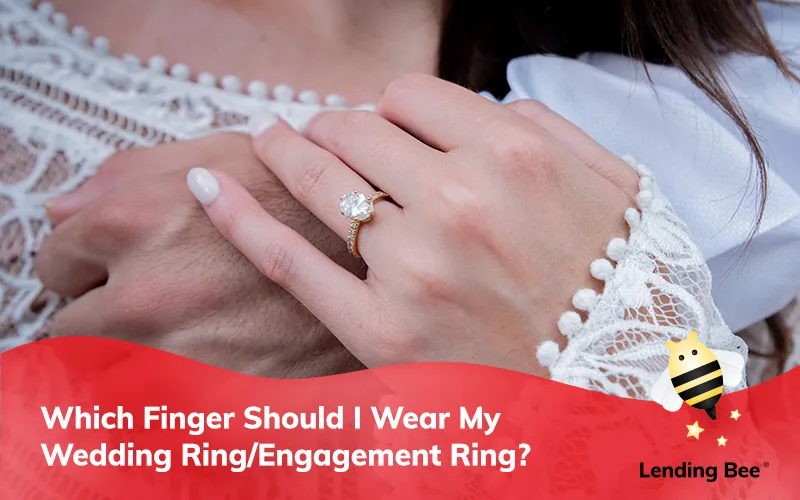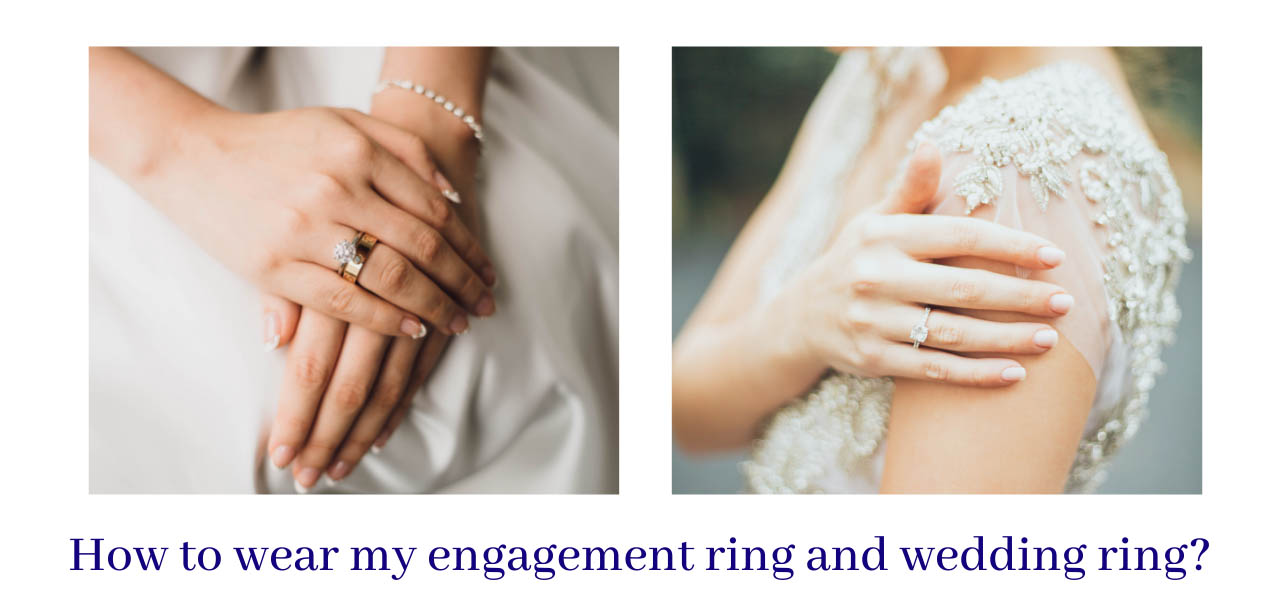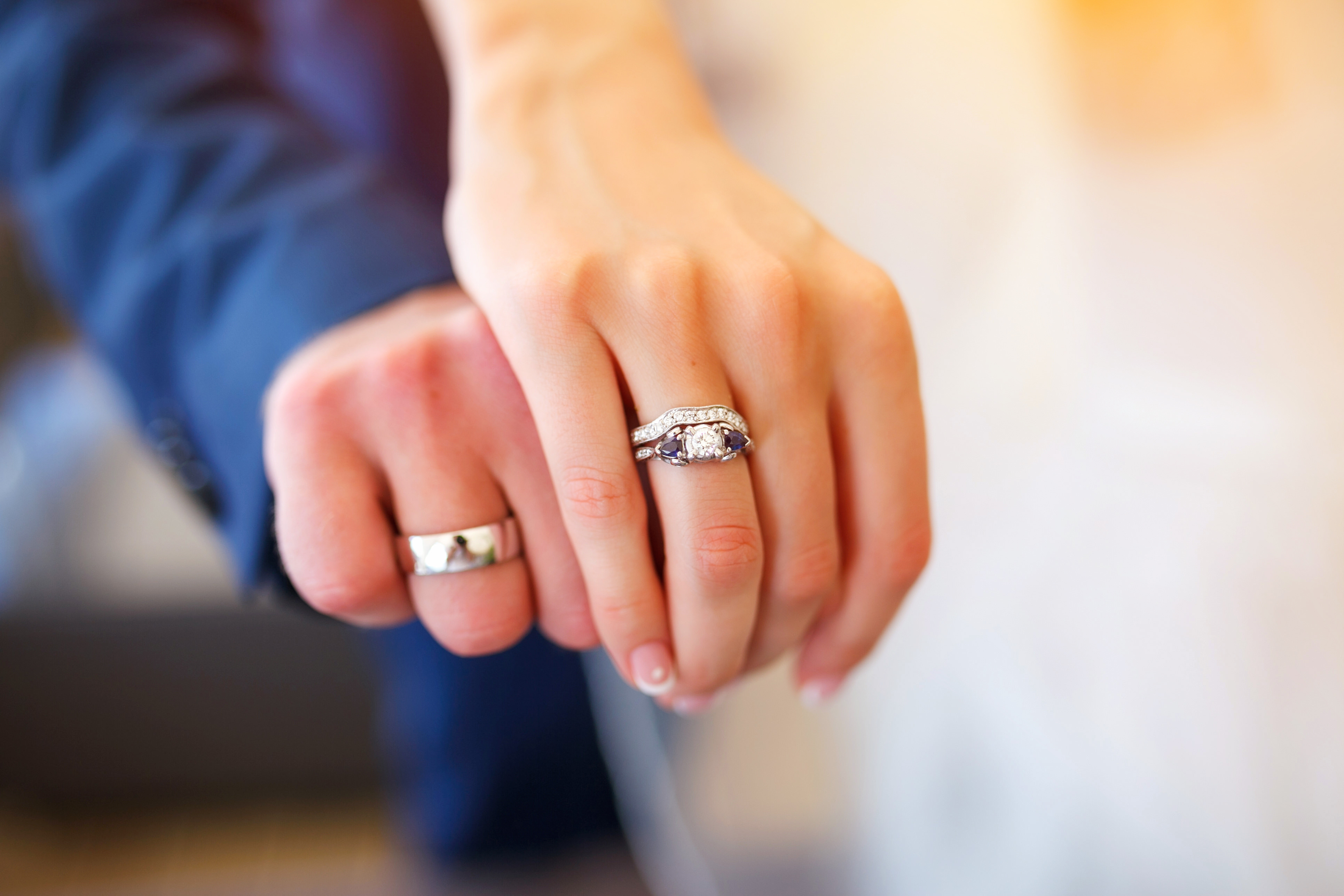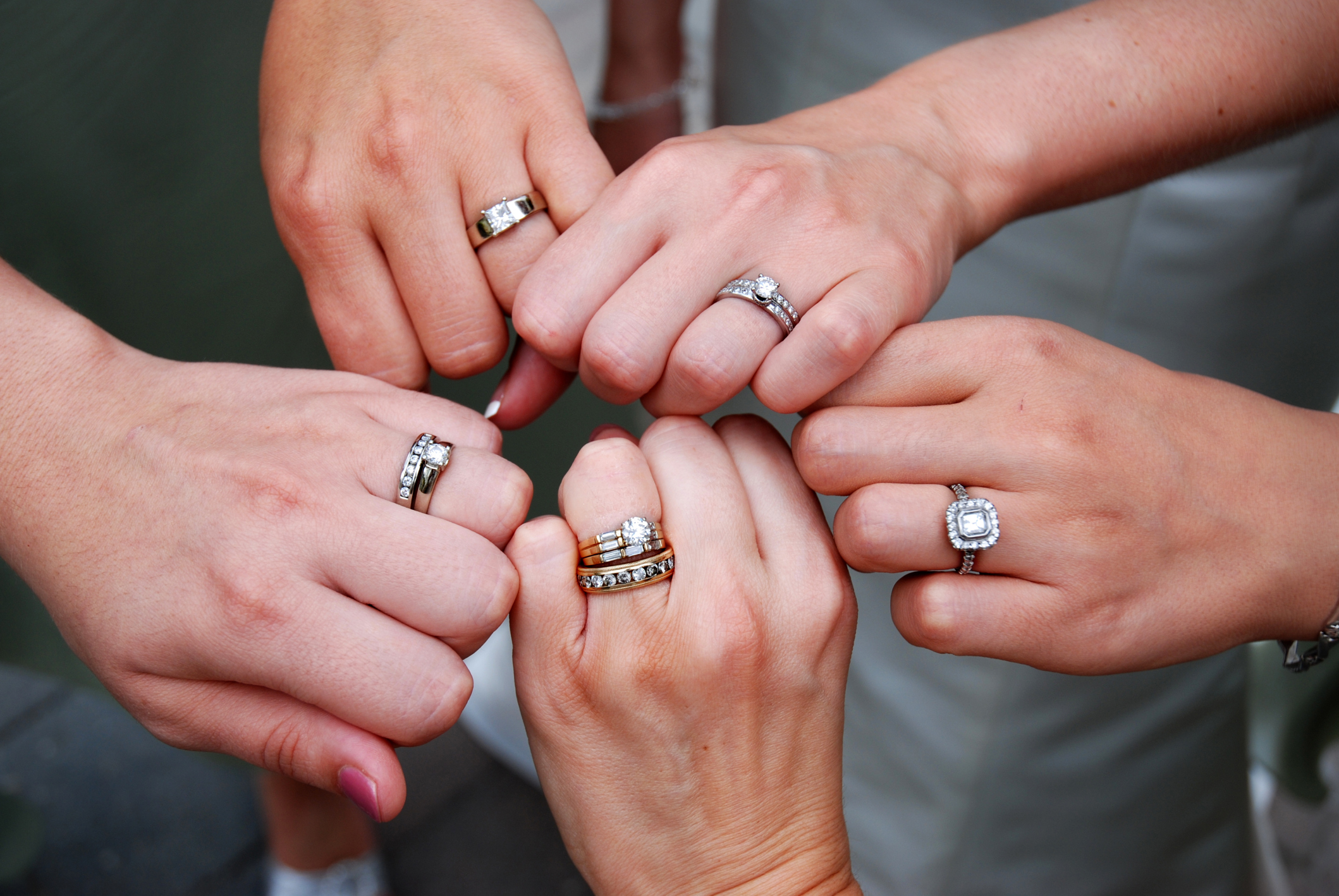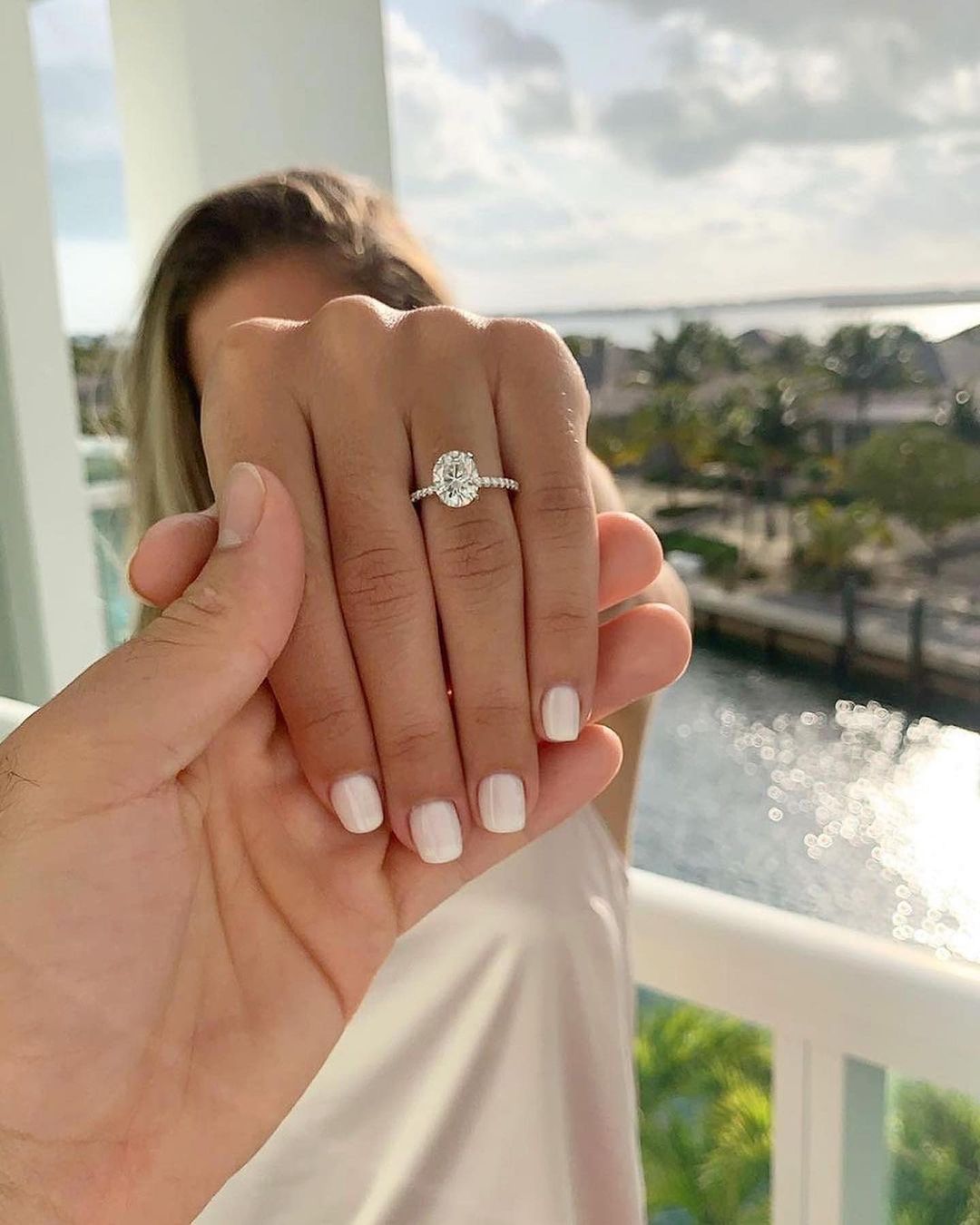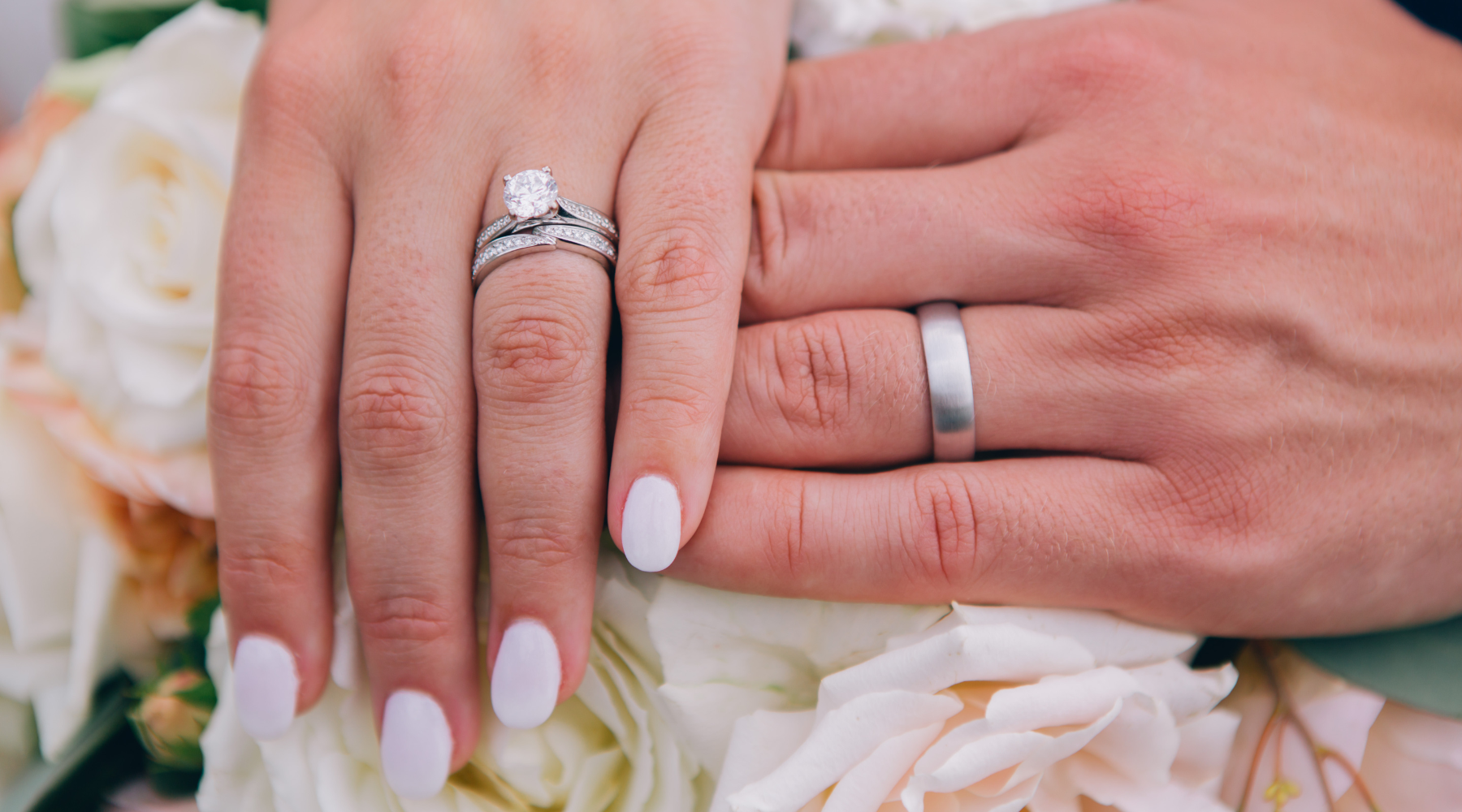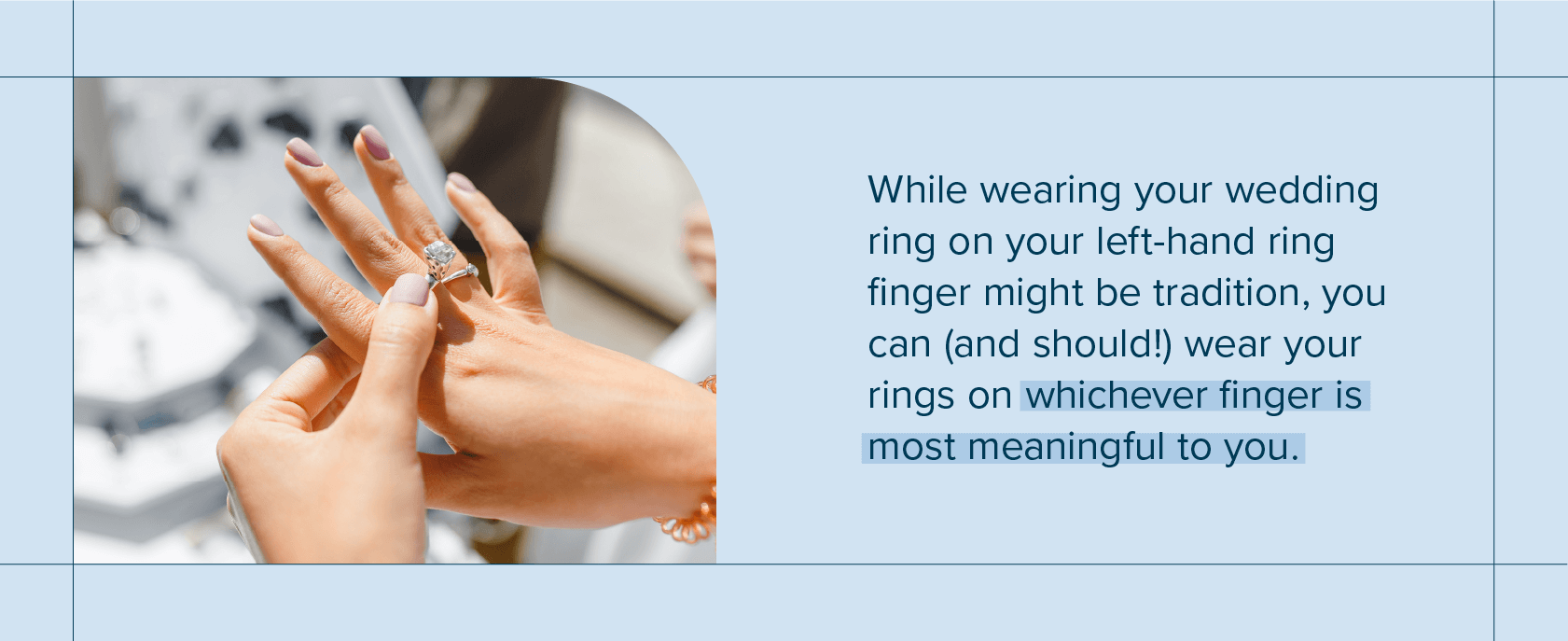Which Hand Do I Wear My Wedding Ring On

The question of which hand to wear a wedding ring on is a surprisingly complex one, steeped in tradition, cultural norms, and personal preference. While seemingly straightforward, the choice often reflects deeply held beliefs and historical precedents, leading many engaged couples to seek clarity before their big day.
The significance lies in the commitment a wedding ring symbolizes: a lifelong bond between two individuals. The hand it is worn on, therefore, becomes a visible representation of this union, carrying weight and meaning that can vary drastically across different societies and even within individual families.
Historical and Cultural Perspectives
The most widely recognized tradition, particularly in Western cultures like the United States and much of Europe, dictates that the wedding ring is worn on the left ring finger. This custom dates back to ancient Rome, where it was believed that the vena amoris, or "vein of love," ran directly from this finger to the heart.
This anatomical "fact," while scientifically inaccurate, cemented the left ring finger as the ideal location for a symbol of love and commitment. Today, even with modern understanding of the circulatory system, the romantic symbolism persists.
However, not all cultures subscribe to this tradition. In several countries, including India, Germany, Russia, and some parts of Eastern Europe, the wedding ring is traditionally worn on the right hand.
This practice often symbolizes that the left hand is reserved for engagement rings, while the right hand signifies the married status. The right hand also carries connotations of strength, authority, and righteousness in some cultures, making it a fitting choice for a marital commitment.
Religious Influences
Religious beliefs can also play a role in determining which hand is chosen. Some denominations within Christianity, for example, traditionally exchange rings from the right hand to the left during the wedding ceremony.
This practice emphasizes the movement from betrothal to marriage, with the final placement on the left hand signifying the permanence of the union. However, interpretations vary even within specific religious groups.
Practical Considerations and Modern Trends
Beyond tradition, practical considerations increasingly influence the decision. Individuals may choose to wear their ring on the hand that feels most comfortable or that aligns with their dominant hand, minimizing the risk of damage or inconvenience.
Professions that involve manual labor or frequent handwashing might also necessitate a change in placement. Jewelers often report seeing customers who switch hands due to occupational hazards or comfort.
Modern couples are also increasingly embracing individuality and personal expression when it comes to wedding ring customs. Some choose to forgo traditional placement altogether, opting for wearing the ring on a necklace or even getting it tattooed.
"Ultimately, the choice of which hand to wear a wedding ring on is a personal one," says Sarah Miller, a wedding planner with over 15 years of experience. "There's no right or wrong answer; it's about what feels most meaningful to the couple."
The key takeaway is understanding the historical and cultural context, while ultimately prioritizing personal comfort and preference. Couples should discuss their options and choose the hand that best symbolizes their unique commitment to one another.
The significance of the ring itself, as a symbol of love and lifelong commitment, remains paramount, regardless of which hand it adorns.
